1. It’s Home to One of the Oldest Civilizations on Earth
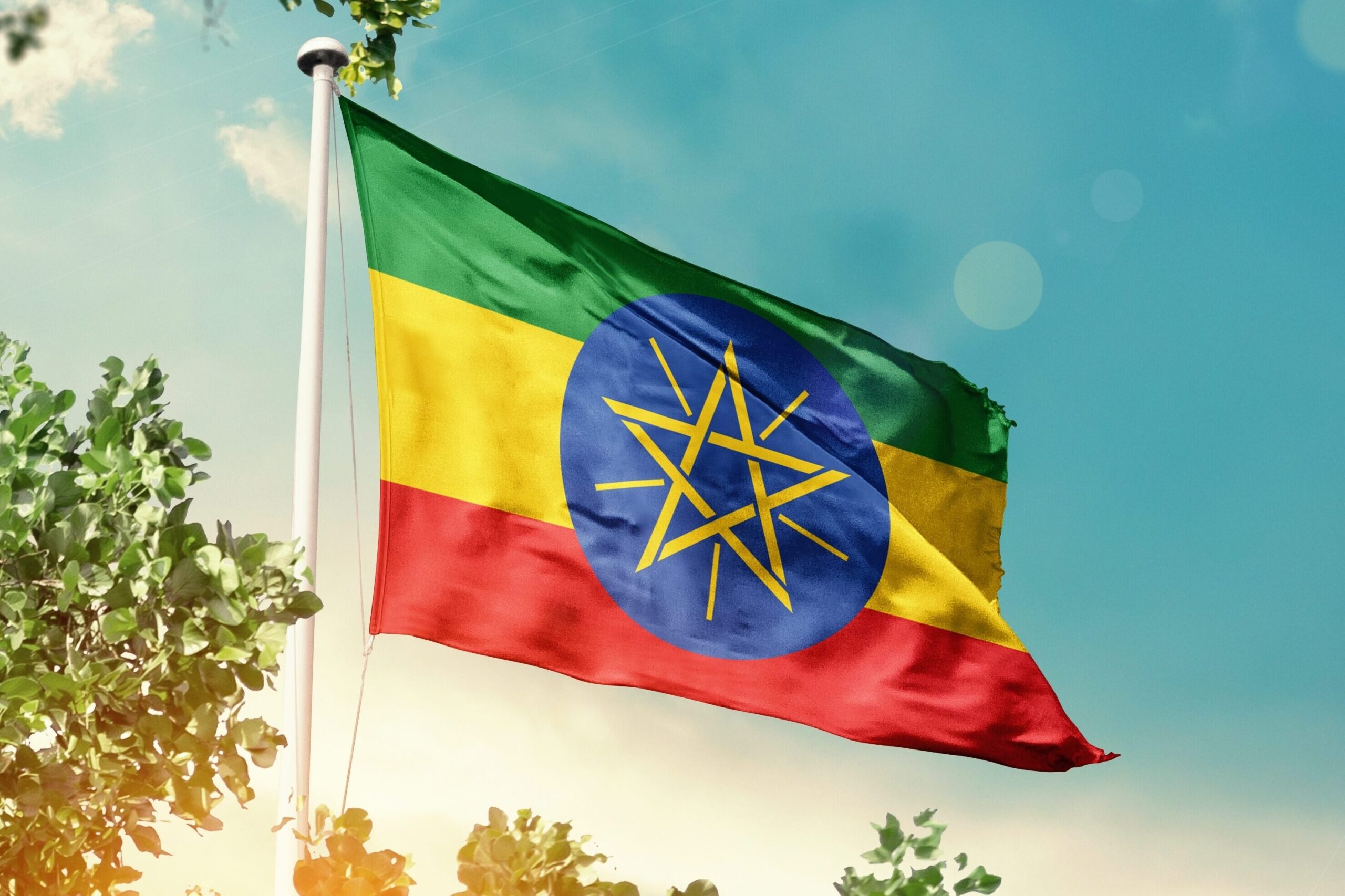
Ethiopia’s history stretches back thousands of years, with roots in some of the earliest human civilizations. The Kingdom of Aksum, which thrived around the first century AD, was one of the great powers of the ancient world, trading with Rome, Persia, and India. You can still visit the ruins of this once-mighty empire, including towering obelisks and underground tombs. Even before that, Ethiopia was home to some of the oldest human ancestors ever discovered, including “Lucy,” the famous 3.2-million-year-old fossil. Walking through the country, it’s hard not to feel like you’re stepping through the pages of history shares BBC.
Unlike many African nations, Ethiopia was never colonized, preserving its traditions and identity in a way that’s truly unique. While Italy occupied the country briefly in the ’30s, it never gained full control, and Ethiopians fiercely defended their independence. This pride in their history is evident everywhere, from the vibrant cultural festivals to the deep sense of national identity. If you love history, Ethiopia is like a living museum waiting to be explored.
2. The Rock-Hewn Churches of Lalibela Are Straight Out of a Fantasy Novel
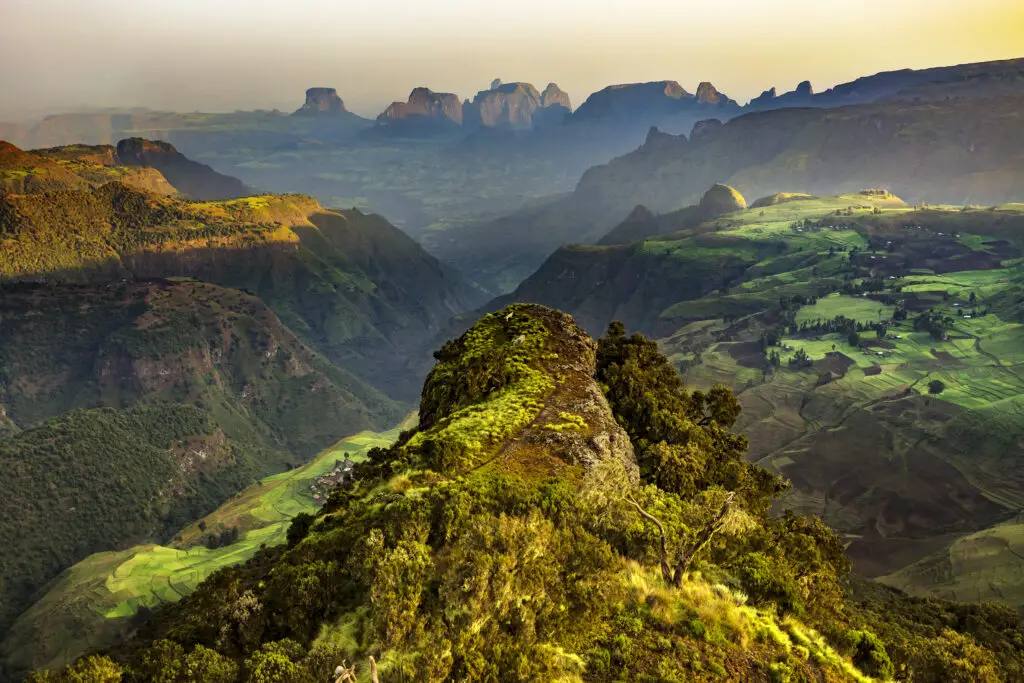
Tucked away in the mountains, Lalibela is home to one of the most awe-inspiring religious sites in the world. Carved directly into the rock, these 11 churches date back to the 12th century and are still used for worship today. What makes them even more incredible is that they were chiseled by hand, with entire structures—including doors, windows, and passageways—cut from single slabs of stone. Some, like the famous Church of St. George, are shaped like giant crosses and descend deep into the earth. It’s the kind of place that makes you stop in your tracks and wonder how on earth people built something so intricate with simple tools says Wikipedia.
The churches are an active pilgrimage site, especially during religious holidays, when thousands of worshippers gather for prayer and celebration. Walking through the cool, dimly lit tunnels connecting the churches, you’ll likely hear the soft chants of priests and the flickering glow of candlelight. It’s a humbling experience, whether you’re religious or not. Lalibela is the kind of place that feels almost mythical, like it was plucked straight from an ancient legend.
3. You Can Visit the Hottest Place on Earth
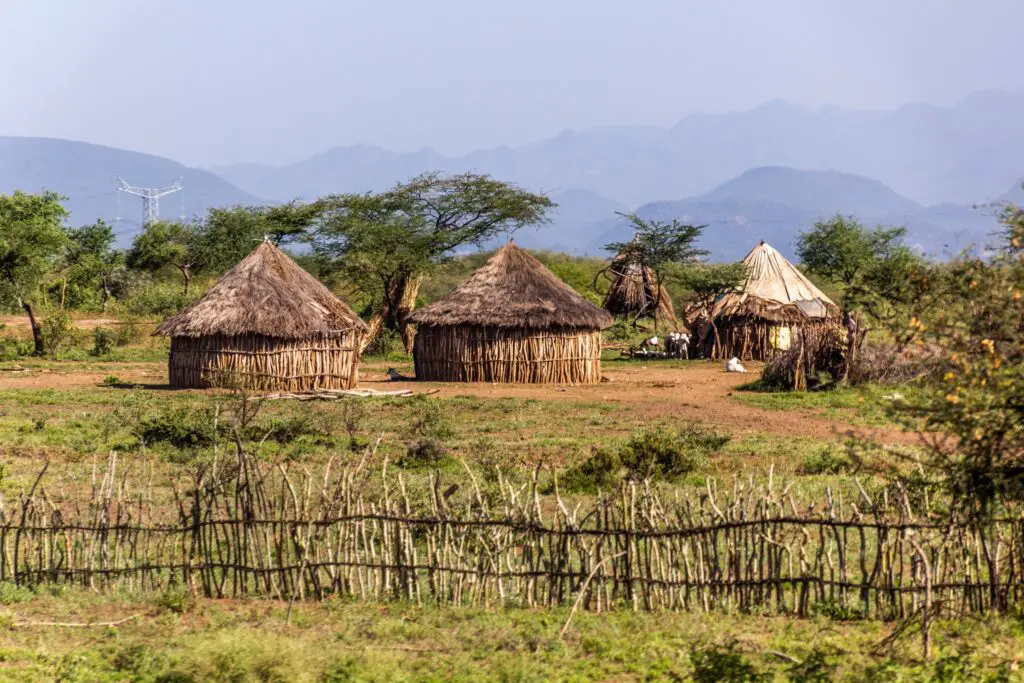
The Danakil Depression is one of the most extreme landscapes on the planet, with temperatures that regularly soar above 120°F. Despite the heat, this otherworldly region is full of surreal beauty, from neon-colored sulfur springs to vast salt flats that shimmer in the sun. It’s one of the few places where you can walk across an active lava lake, watching molten rock bubble and churn just feet away. The landscape is so bizarre that it feels like you’ve landed on another planet shares CNBC.
Despite its harsh conditions, the Danakil Depression is home to the Afar people, who have been mining salt here for centuries. Watching them carve massive slabs of salt and load them onto camel caravans is like seeing an ancient trade route come to life. If you’re up for an adventure, you won’t find a more dramatic destination. Just be sure to bring plenty of water—it’s a place that doesn’t mess around.
4. Ethiopian Coffee Culture is on Another Level

Ethiopia is the birthplace of coffee, and drinking it here is an experience unlike anywhere else. The country’s traditional coffee ceremony is an art form, taking up to an hour as beans are roasted, ground, and brewed right in front of you. The rich aroma fills the air, and the coffee is served in tiny cups, often with popcorn or incense burning nearby. It’s not just about caffeine—it’s about slowing down and sharing a moment with others says Coffee Review.
Coffee shops in Ethiopia have a relaxed, communal feel, where people linger for hours chatting and sipping. Even in the bustling capital of Addis Ababa, you’ll find locals enjoying coffee like it’s a ritual, not a quick fix. And if you think you’ve had strong coffee before, Ethiopian brews will challenge you. With flavors ranging from floral to chocolatey, every cup is a reminder that this is where it all began.
5. The Simien Mountains Look Like a Fantasy Film Set
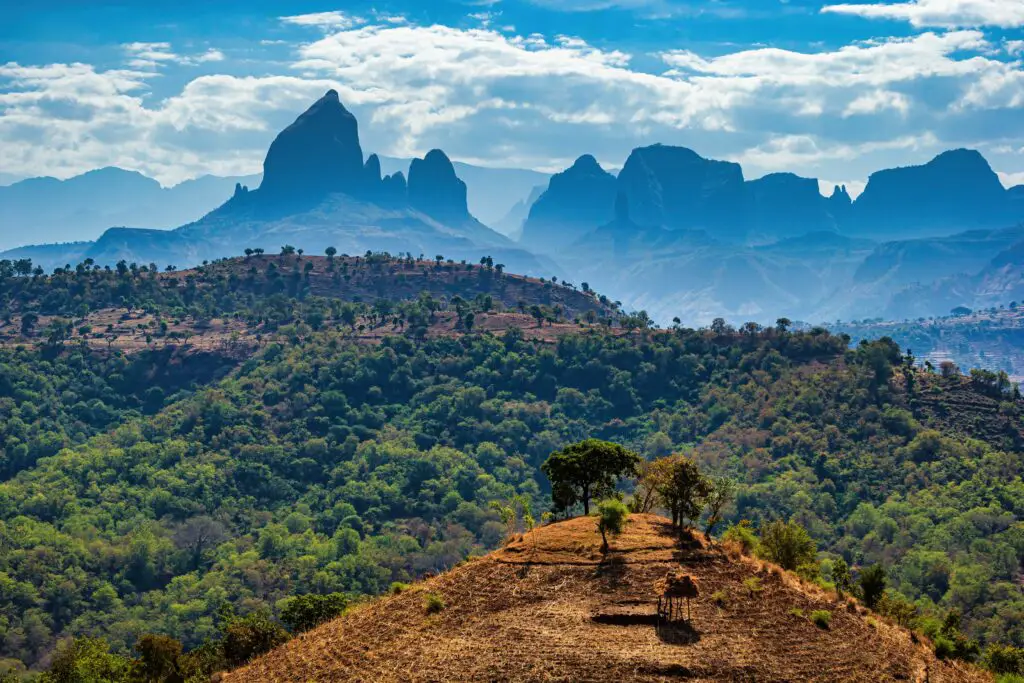
If you’re into hiking, the Simien Mountains are an absolute must-visit. These jagged peaks and deep valleys create one of the most breathtaking landscapes in Africa, often compared to the Grand Canyon. The high-altitude terrain is dotted with waterfalls, dramatic cliffs, and sweeping plateaus where you might spot gelada baboons lounging in the sun. With crisp mountain air and panoramic views, it’s the kind of place that makes you want to stay forever.
Trekking here isn’t just about the scenery—it’s also a chance to meet local communities who have lived in the mountains for centuries. Guides often come from nearby villages and will share stories about the land and its wildlife. If you’re lucky, you might even catch a glimpse of the rare Ethiopian wolf, one of the world’s most endangered canines. Whether you’re a serious hiker or just looking for a scenic escape, the Simien Mountains won’t disappoint.
6. The Food is an Unforgettable Adventure
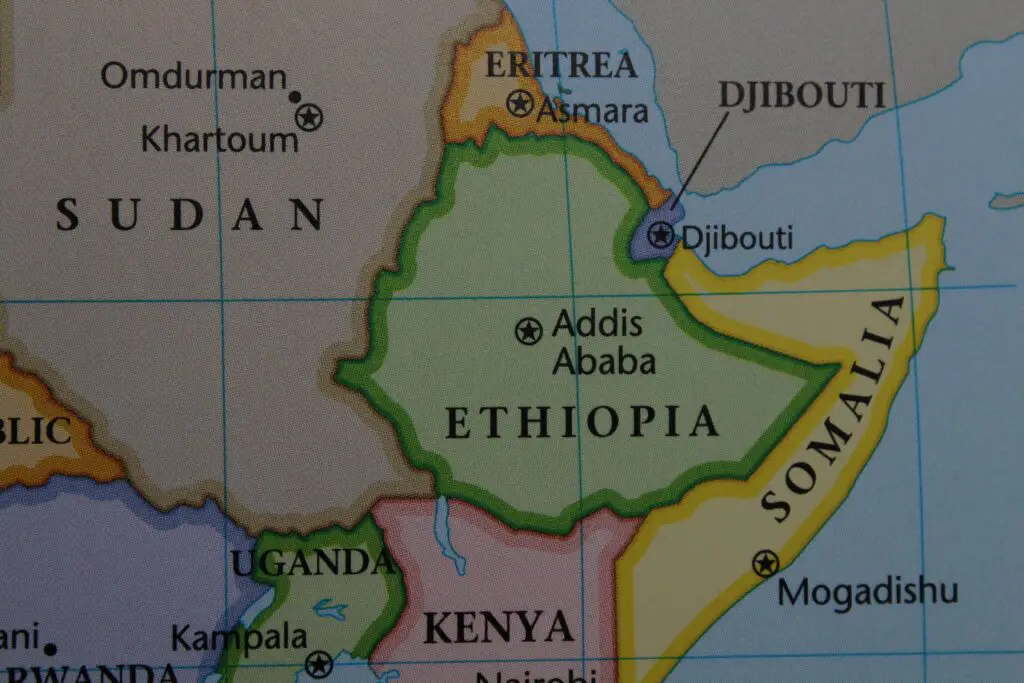
Ethiopian cuisine is one of the most unique and flavorful in the world, and you won’t find anything quite like it anywhere else. The star of almost every meal is injera, a spongy, sourdough flatbread used as both a plate and utensil. Meals are often shared, with colorful stews, spicy lentils, and slow-cooked meats spread out for everyone to scoop up with their hands. The flavors are bold, with rich spices like berbere giving dishes a fiery kick.
Vegetarians will love Ethiopia, as the country has a long tradition of meat-free fasting days. That means there are plenty of hearty plant-based dishes, from creamy chickpea stews to sautéed greens. And if you’ve never tried tej, Ethiopia’s honey wine, you’re in for a treat—it’s sweet, strong, and dangerously easy to drink. Eating here isn’t just about food; it’s about connection, tradition, and savoring every bite.
7. The Festivals Are Unlike Anything You’ve Seen

Ethiopian celebrations are full of music, dance, and centuries-old traditions that feel like stepping into a different era. Timkat, the Ethiopian Orthodox celebration of Epiphany, transforms cities into massive street festivals with processions, prayers, and joyful water blessings. Meskel, another major holiday, involves huge bonfires, symbolizing the discovery of the True Cross. These aren’t just small gatherings—entire communities come together, dressed in white traditional clothing, singing and dancing through the night.
Even outside of major holidays, Ethiopia’s vibrant culture is always on display. You’ll often see spontaneous dance circles in local markets, where people perform the energetic eskista, a shoulder-shaking dance that’s impossible to replicate without practice. Music is a huge part of daily life, blending ancient chants with modern beats. Whether you visit during a festival or just wander through a lively town, there’s a sense of celebration everywhere.
8. The Blue Nile Falls Will Leave You Speechless
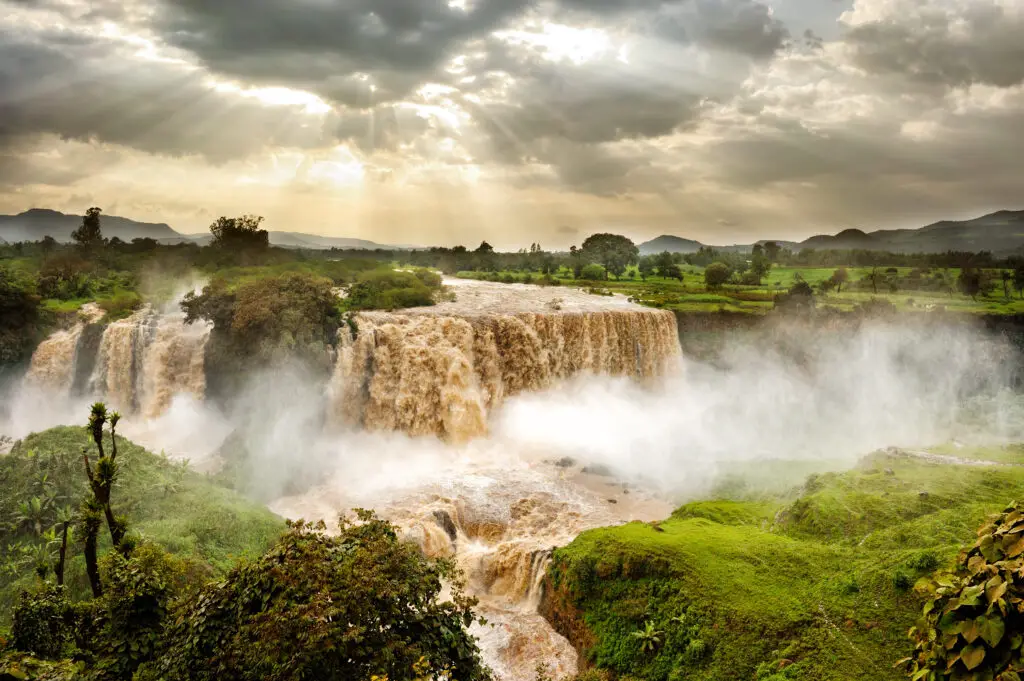
Often referred to as “The Smoking Water” by locals, the Blue Nile Falls is one of Ethiopia’s most breathtaking natural wonders. This massive waterfall plunges over 130 feet, creating a misty cloud that can be seen from miles away. During the rainy season, the falls swell to an enormous size, rivaling some of the most famous waterfalls in the world. The roar of the water is so powerful that you can feel the ground vibrate beneath your feet. It’s the kind of place that makes you stop and take in the sheer force of nature.
Reaching the falls involves a short but scenic hike through lush greenery, with plenty of opportunities to spot local wildlife. Along the way, you’ll cross an old stone bridge built by the Portuguese in the 17th century, adding to the historical charm of the journey. Villagers often pass by with donkeys carrying goods, giving you a glimpse of rural Ethiopian life. Whether you’re an adventure seeker or just looking for a peaceful escape, the Blue Nile Falls is a must-see.
9. The People Are Some of the Friendliest You’ll Ever Meet
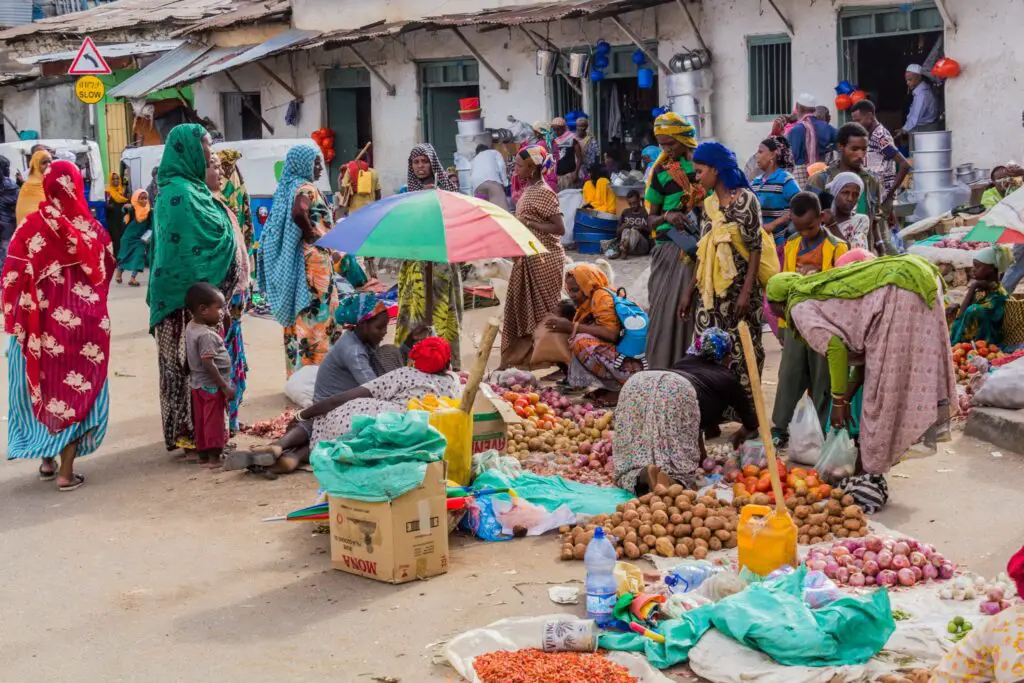
Ethiopians are known for their warm hospitality and deep sense of community. Whether you’re wandering through a busy market or visiting a small village, locals will often greet you with a smile and genuine curiosity. There’s a strong tradition of welcoming guests, and it’s common to be invited into homes for a cup of coffee or a meal. Even if you don’t speak the language, people will go out of their way to make you feel at home.
One of the most beautiful aspects of Ethiopian culture is how relationships are valued over everything else. Conversations are unhurried, meals are meant to be shared, and kindness is a way of life. Travelers often leave Ethiopia not just with incredible memories but with new friends. It’s the kind of place where strangers quickly feel like family, making your trip even more meaningful.
10. Ethiopia Uses Its Own Calendar and Time System
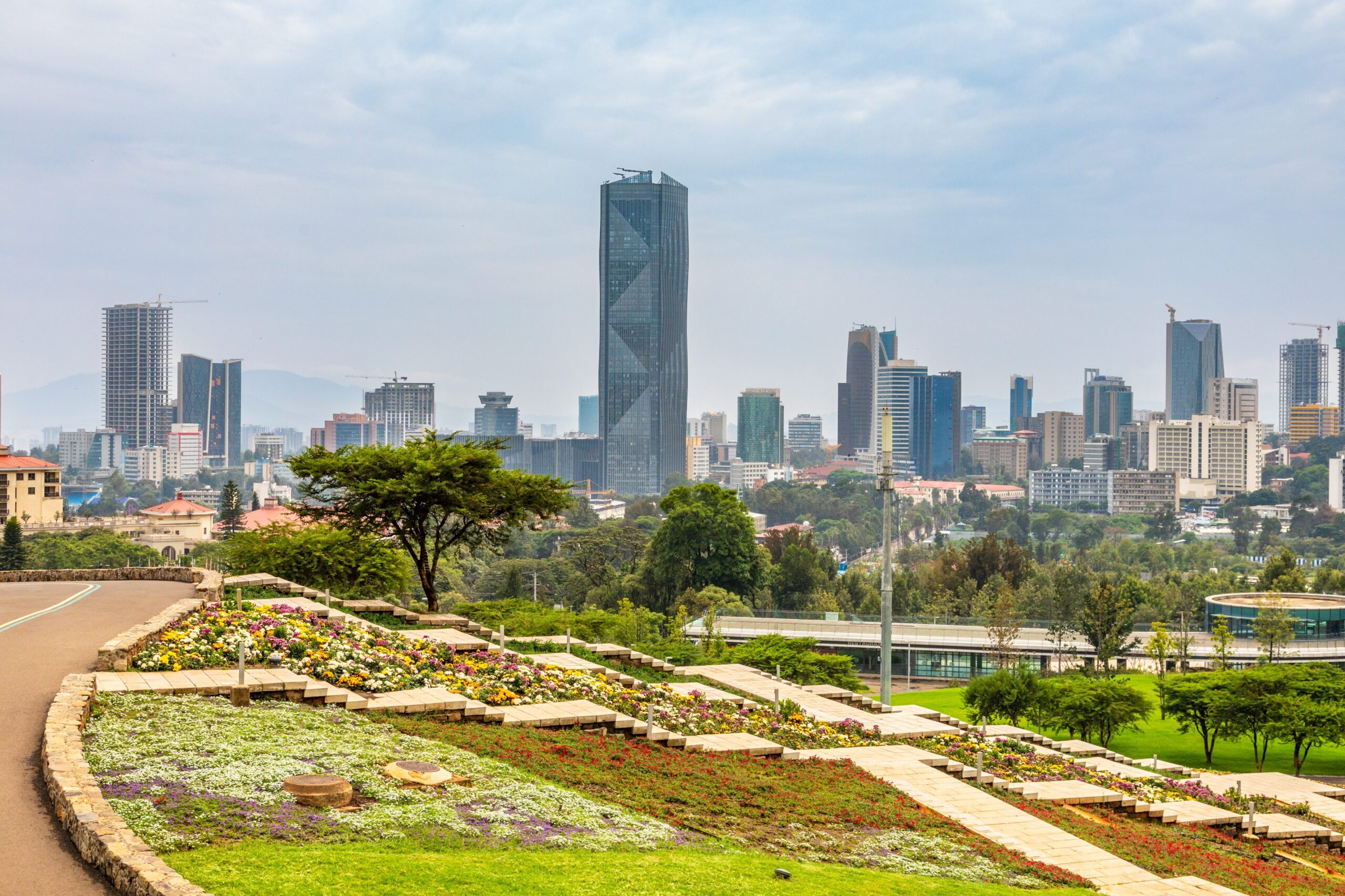
If you visit Ethiopia, you might feel like you’ve stepped into a different time—literally. The country follows its own calendar, which is about seven to eight years behind the Gregorian calendar used by most of the world. That means if you travel there today, you’re technically in a different year! On top of that, Ethiopia also tells time differently, using a 12-hour day that starts at sunrise, rather than midnight.
This unique system can be a little confusing at first, but it’s just another example of how Ethiopia has preserved its traditions. Locals are more than happy to explain the system and help you adjust. It’s fascinating to experience a country that moves at its own pace, untouched by outside influences. If you’re looking for a place that truly feels different from anywhere else, Ethiopia delivers in the most unexpected ways.
11. You Can Explore an Underground City in Harar
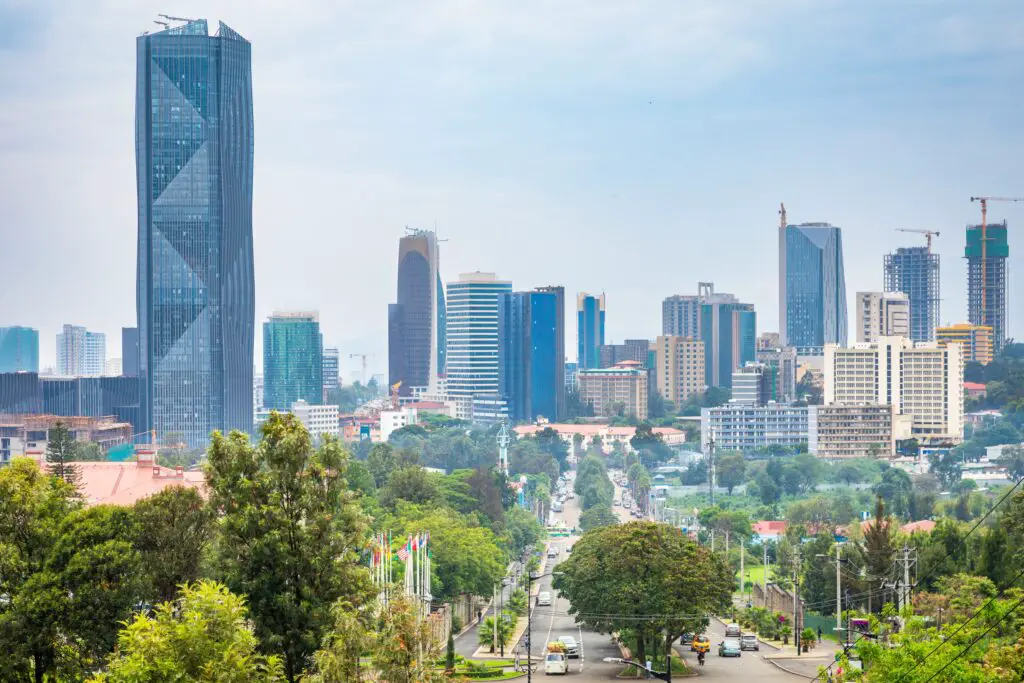
Harar is one of the most mesmerizing cities in Ethiopia, known for its maze-like alleys, colorful homes, and rich Islamic heritage. With over 80 mosques packed into a small area, it’s sometimes called the “Fourth Holiest City of Islam.” Walking through its narrow streets feels like stepping back in time, with bustling markets, traditional Ethiopian coffee houses, and ancient walls that have stood for centuries. The city’s unique blend of African and Middle Eastern influences makes it unlike anywhere else in the country.
One of Harar’s most famous traditions is the nightly ritual of feeding wild hyenas. For generations, locals have fed these creatures by hand, creating a bizarre yet fascinating bond between humans and nature. If you’re brave enough, you can even try feeding a hyena yourself! Between its history, architecture, and unusual wildlife encounters, Harar is one of the most captivating cities you’ll ever visit.
12. Ethiopia is the Roof of Africa

Ethiopia is home to the largest number of high-altitude mountains in Africa, earning it the nickname “The Roof of Africa.” From the rugged Simien Mountains to the towering peaks of the Bale Mountains, the country offers some of the best trekking experiences on the continent. The landscapes are diverse, ranging from alpine meadows to dense forests teeming with rare wildlife. It’s an outdoor lover’s dream, with endless opportunities for hiking, camping, and breathtaking views.
Even if you’re not an avid trekker, Ethiopia’s highlands offer a peaceful retreat from the hustle and bustle of city life. Small villages are scattered throughout the mountains, where traditional lifestyles have remained unchanged for centuries. The cool mountain air and stunning scenery make it a perfect escape for anyone looking to unwind. If you’ve ever dreamed of exploring a place where nature and culture blend seamlessly, Ethiopia is the destination you didn’t know you needed.
